To prove that you don’t have to drive hundreds of kilometers for beautiful canoe trips, we decided to paddle the entire navigable part of the Dommel. That stretch is ± 85 kilometers long and flows from Neerpelt in Belgium to its mouth in the Meuse in ‘s-Hertogenbosch.
From Neerpelt to Valkenswaard, one natural reserve.
An early start in Neerpelt is advisable. The first part of the Dommel, from Neerpelt to the Venberg Mill in Valkenswaard, is after all a well-loved tourist canoeing trail, canoeing on the Dommel is popular.
That’s so for good reason, because the Dommel winds through a beautiful landscape. You are paddling through the Plateaux and Hageven, which together form an international nature reserve of the Dutch Nature Conservation Association and the Flemish Natuurpunt. The area consists partly of wet meadows along the Dommel, which are planted with poplars. These meadows have been layed out as of 1847. They were irrigated with limestone water from the Kempens Canal and used as hayland.
Between Borkel en Schaft and the Venberg Mill, the Dommel flows through the Malpiebeemden, which consists of small fields of grassland, swamp bushes and marshes.
South of Valkenswaard lies the Venberg watermill. This watermill was first mentioned in a 1227 document by Duke Hendrik I of Brabant who donated a third of the mill to the sister’s monastery in Postel. In the seventies the mill was restored. Today there is a café-restaurant in the mill house. Ideal for a stopover.
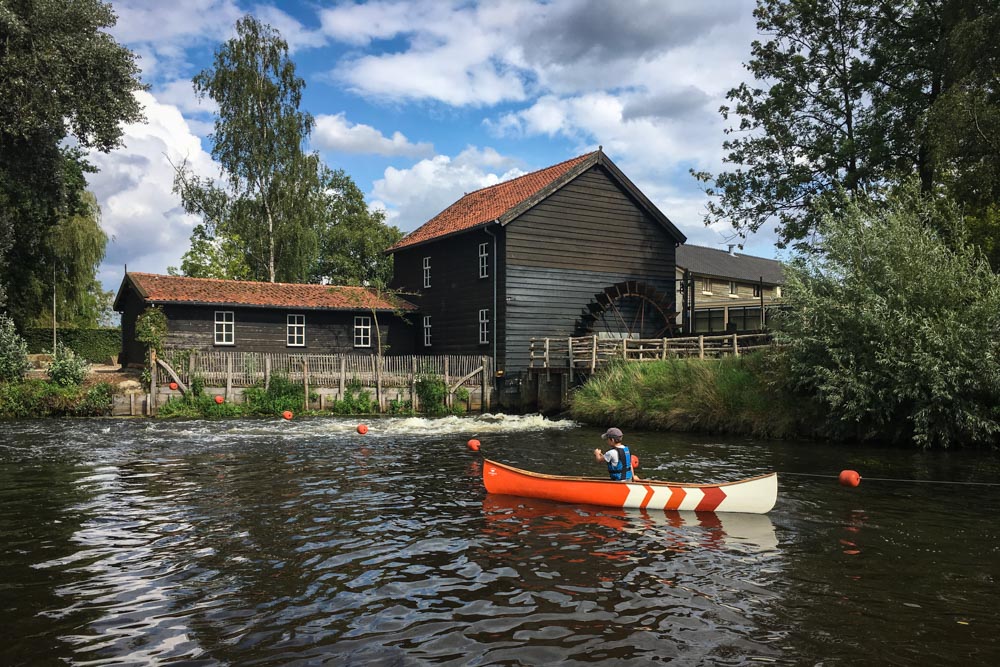
From Valkenswaard to Waalre, narrow passages.
Between Valkenswaard and Waalre where we want to set camp we pass the Dommelse water mill where a lengthy portage has to be done. With all our luggage and twenty-one kilometers on the counter that weighs. Here too, the Dommel continues to flow through a very natural landscape and sometimes narrows down to almost two meters. Just after the Dommelse water mill a very low bridge blocks the passage with high water.
We camp at the Volmolen in Riethoven just before Eindhoven. The mill already existed in 1350 and was owned by the Abbey of Echternach. Opposite the mill is a brasserie annex campsite with a separate pitch for tents. An ideal place to stay overnight.
From Waalre to Nijnsel, through Eindhoven.
The next morning we take an early start to pass Eindhoven comfortably. We have thirty kilometers ahead. Via Veldhoven and Gestel the Dommel reaches Eindhoven. The first stretch in Waalre remains very natural and you do not suspect that you reach one of the largest agglomerations in the Netherlands. The first sign of urbanity is the Eindhoven ring road where you navigate towards the Genneper water mill. Here too you go through a green area without building. In 2014, the Dommel was reiterated with higher quays and more space for nature and it pays off.
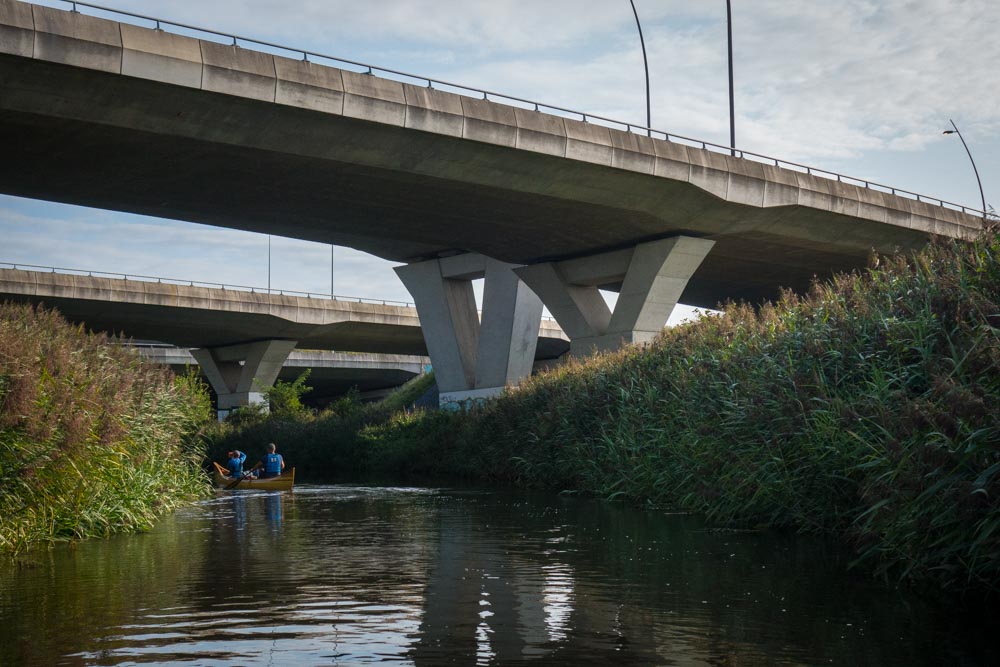
The Genneper watermill provides some excitement thanks to the canoe pass. Afterwards, we finally enter the city. Even here everything stays very green, apart from the passage next to the Abbe Museum. Afterwards we continue underneath the railroad station and again it seems as if we have left the city. Canoeing on the Dommel is not allowed in the center of Eindhoven over a length of ± 2 kilometers.
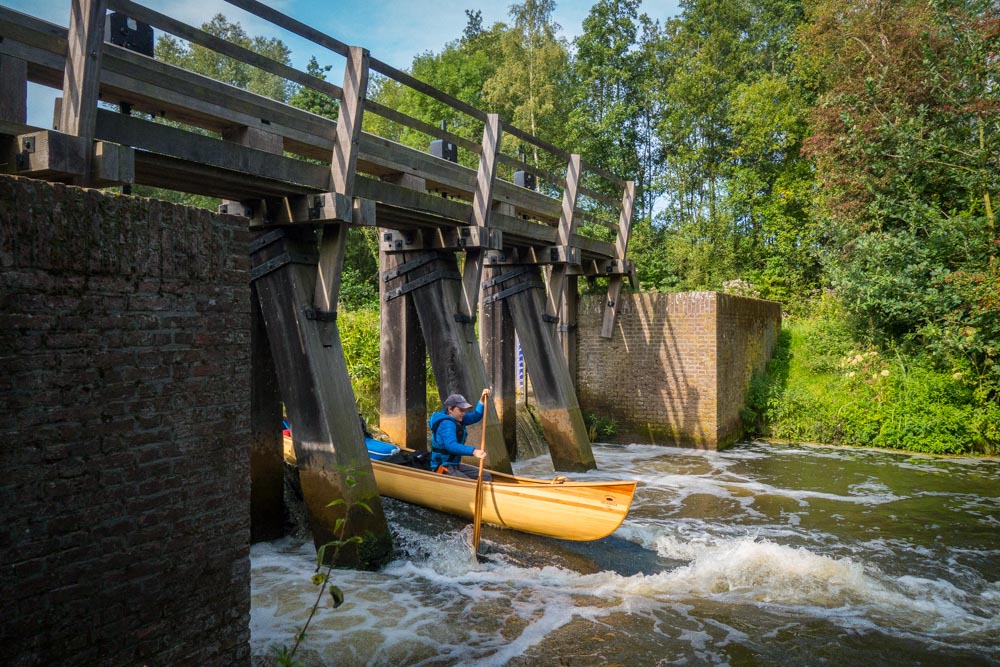
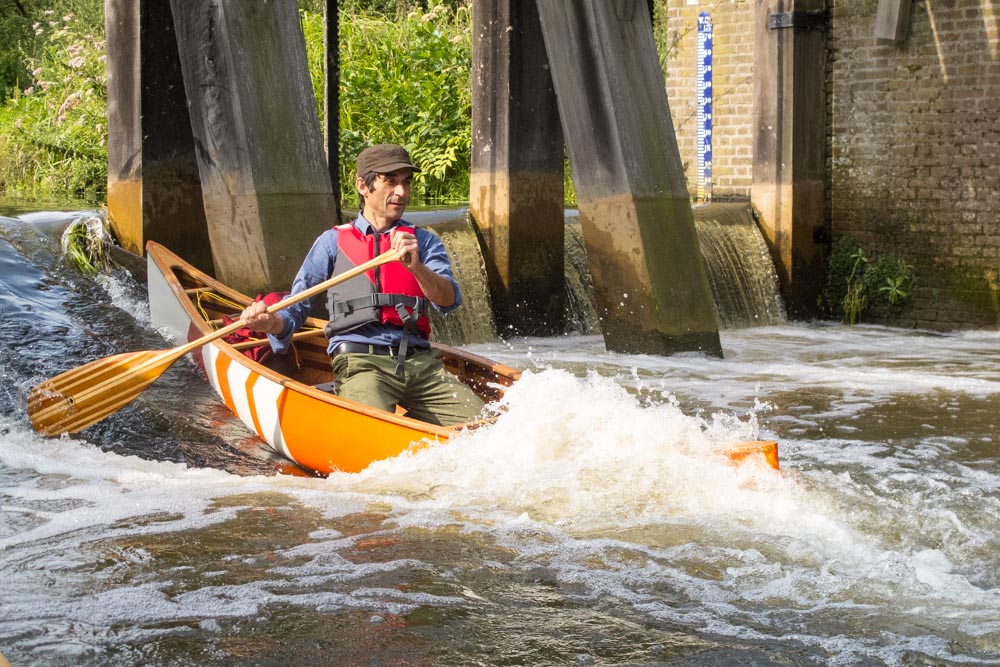
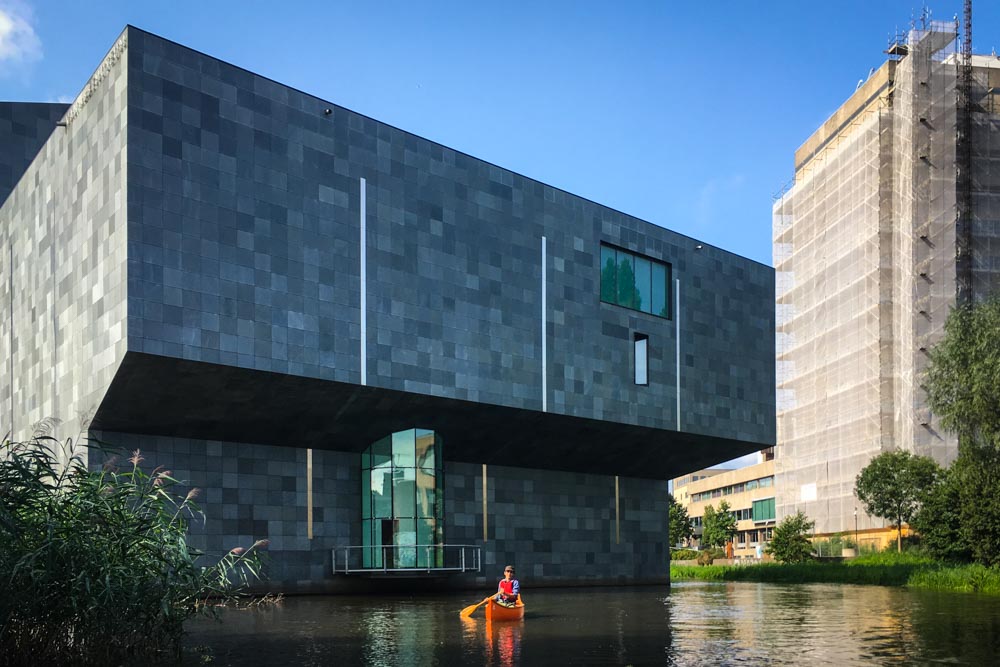
The river continues further north through the woods to Son and Breughel where the Dommel crosses the Wilhelminakanaal. The Dommel flows under the channel above. We paddle on to Nijnsel where we camp.
From Nijnsel to 's Hertogenbosch, the Green Forest.
Our last day is the longest, we have 38 kilometers to paddle. The Dommel leads us through the Green Forest, an area of 35,000 hectares in the Eindhoven-Tilburg-Hertogenbosch triangle. The area covers 7,500 hectares of forests, marshes, heaths and agricultural countryside. The government proclaimed the area in 2005 to National Landscape.
From Nijnsel we soon reach Sint-Oedenrode with an other canoe pass, we take it without effort. Further down there is a slalom course with some small rapids. The same beautiful green landscape of the past days brings us to Boxtel.
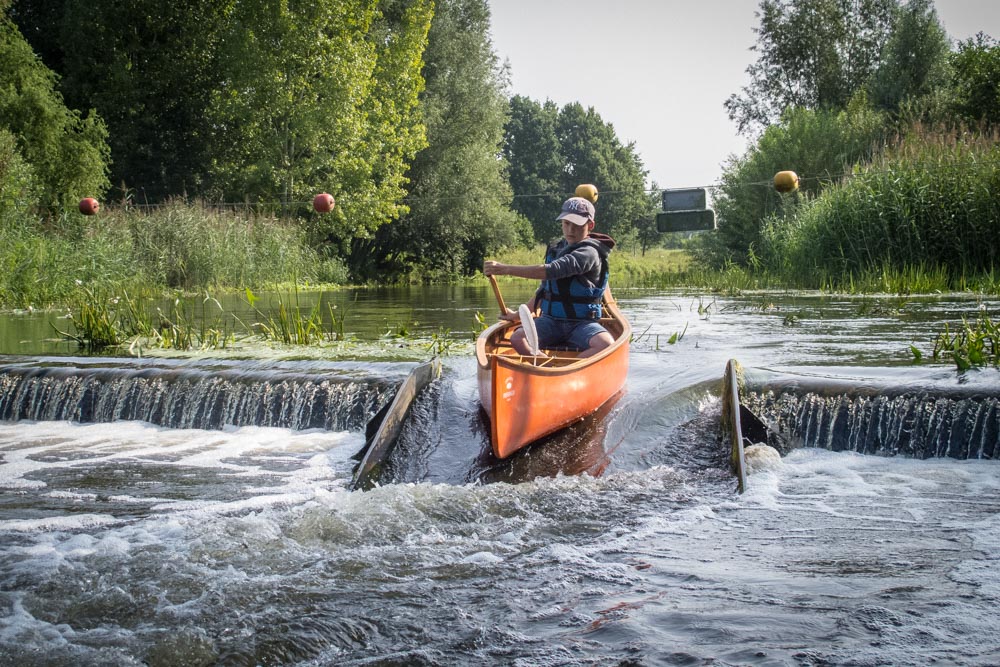
Parts of the Dommel were straightened in the twentieth century. This is most apparent at Boxtel where the Dommel was cut off and a drainage channel was built. The Waterschap Dommel has meanwhile developed plans to give the Dommel an even more natural character and to undo the channeling over considerable distances. This will also increase the water storage capacity of the river. Since 2013, the Dommel flows through its original bed in Boxtel and the drainage channel east of Boxtel is no longer the main stream. It makes canoeing on the Dommel in Boxtel a lot more fun.
The stretch around and through Boxtel is well worth it. In the middle of town a beautiful quay has been built. Very inviting for a short break. However, the canoe pass downstream is a mishap. It’s very narrow and in addition it has a bend halfway. No joke with a long heavily loaded wooden canoe.
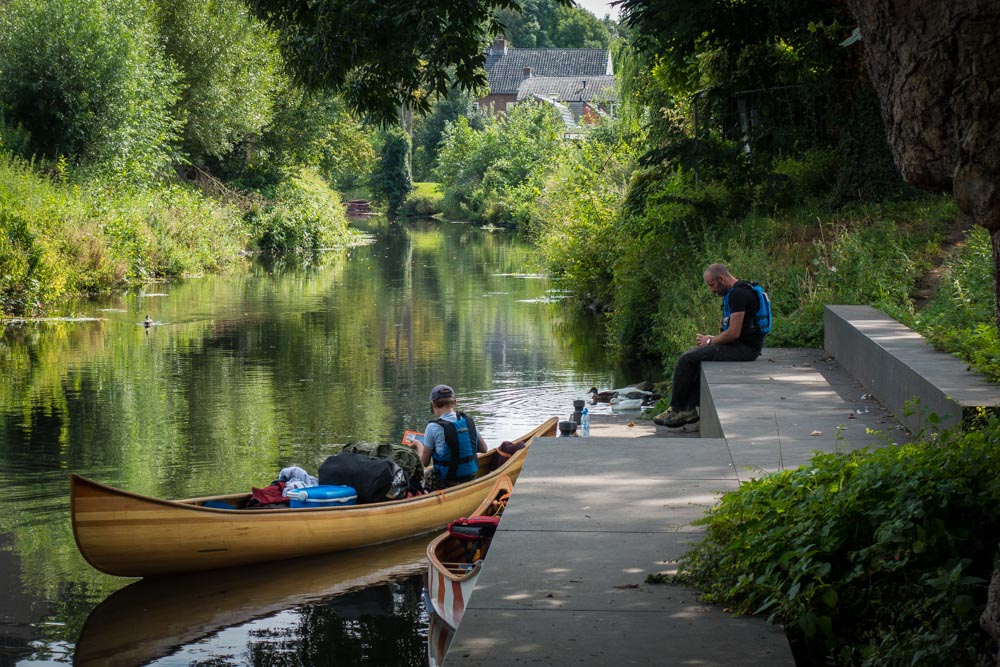
After Boxtel, the Dommel changes its appearance. It becomes a wide slow flowing, stately river. Via Sint-Michielsgestel and Vught she flows to ‘s-Hertogenbosch. There the Dommel joins the Aa, to continue as Dieze and flow into the Meuse. We end our trip at the citadel where the beautiful jetty and clubhouse of Roeivereniging De Hertog makes it easy to unload. Canoeing on the Dommel is highly rewarding. The river is well worth paddling over its entire length from Neerpelt to ‘s Hertogenbosch.
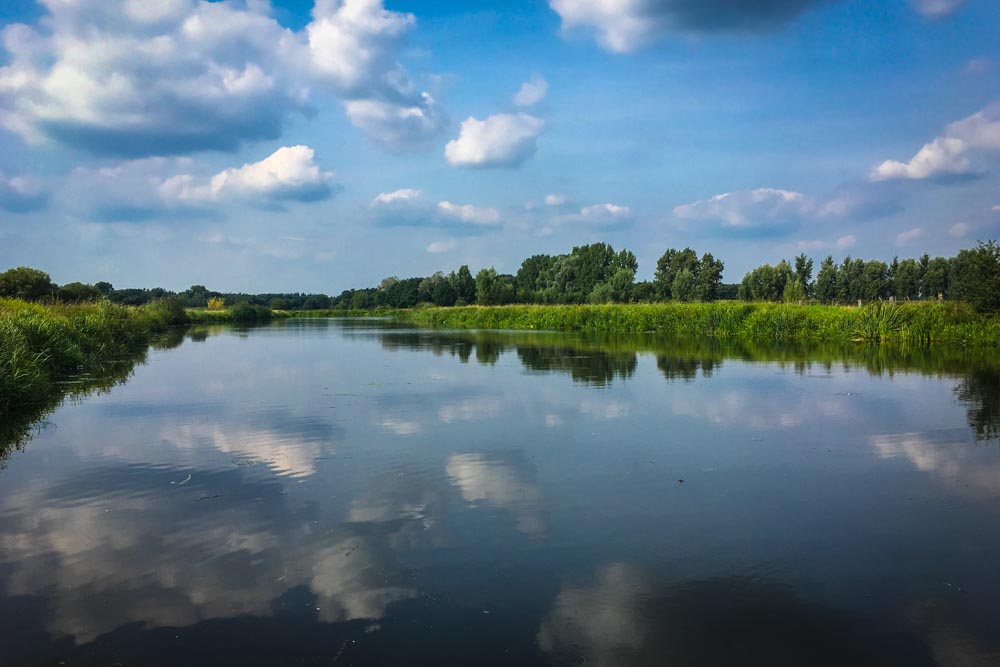
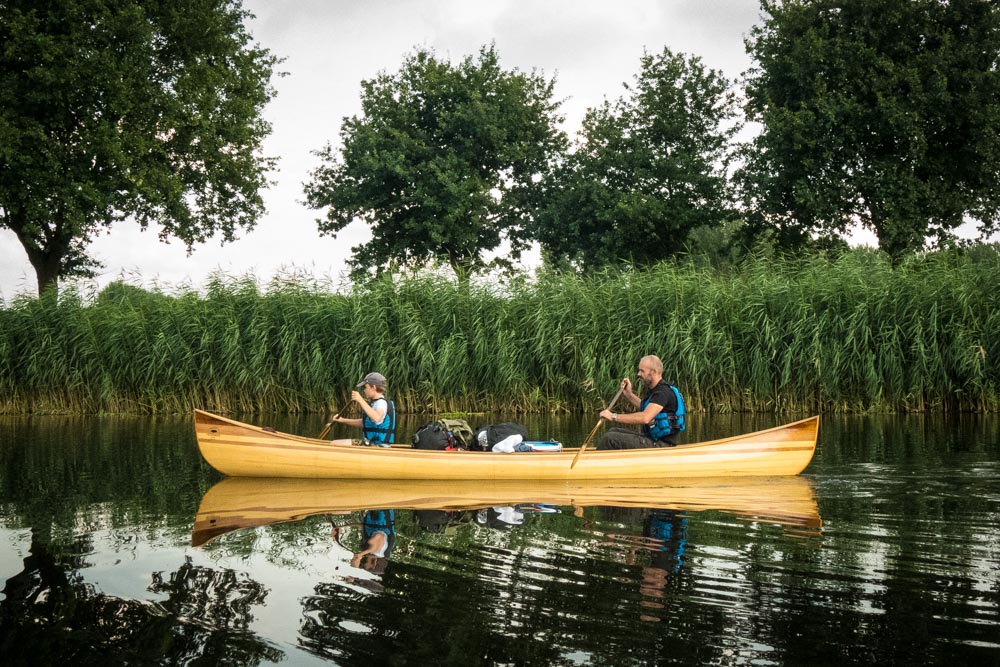
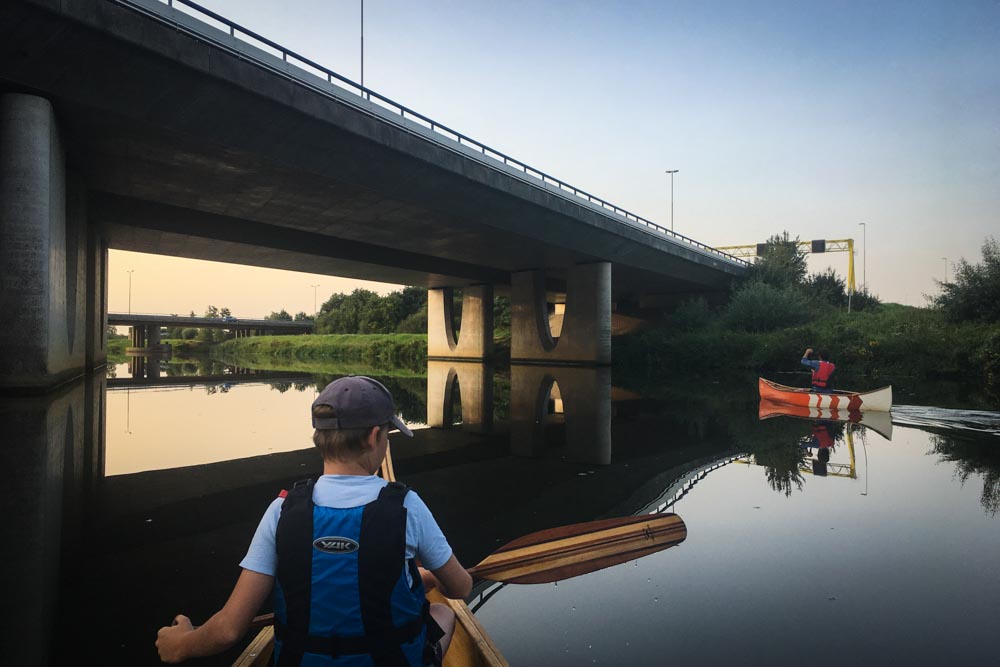
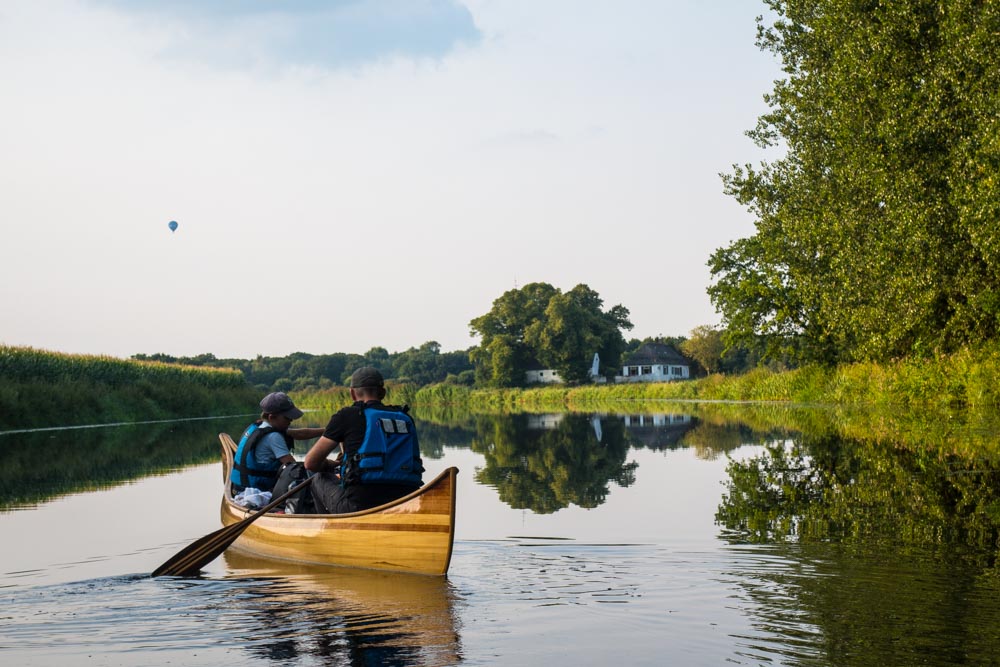
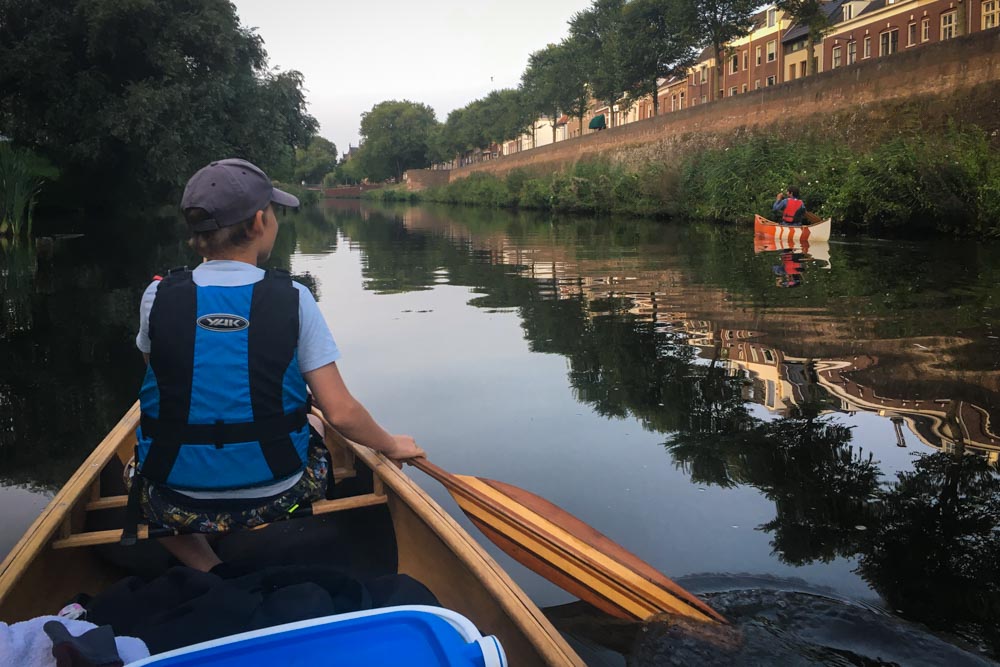


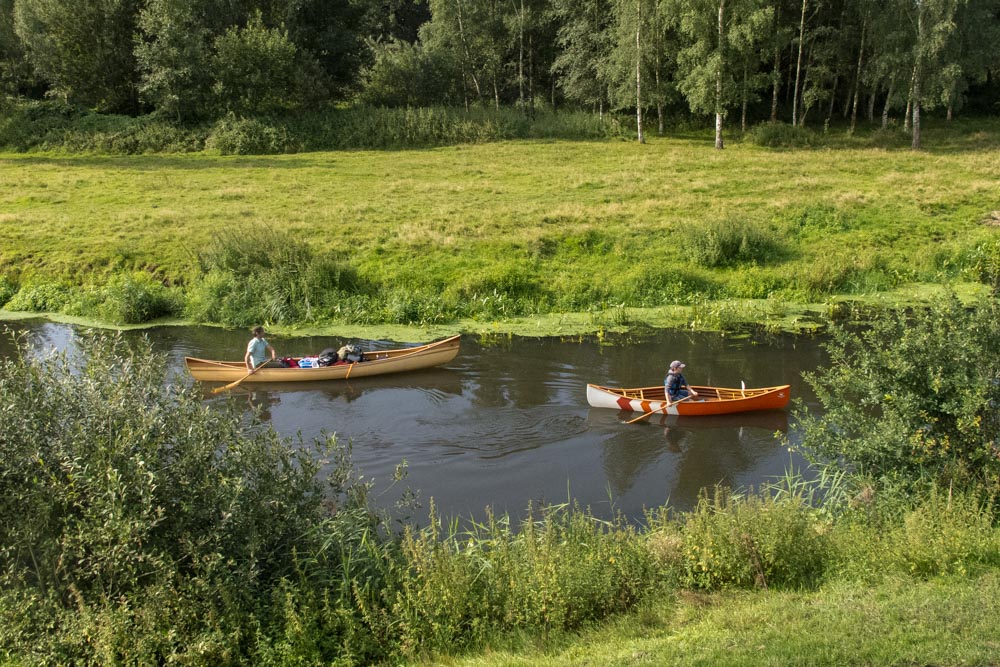
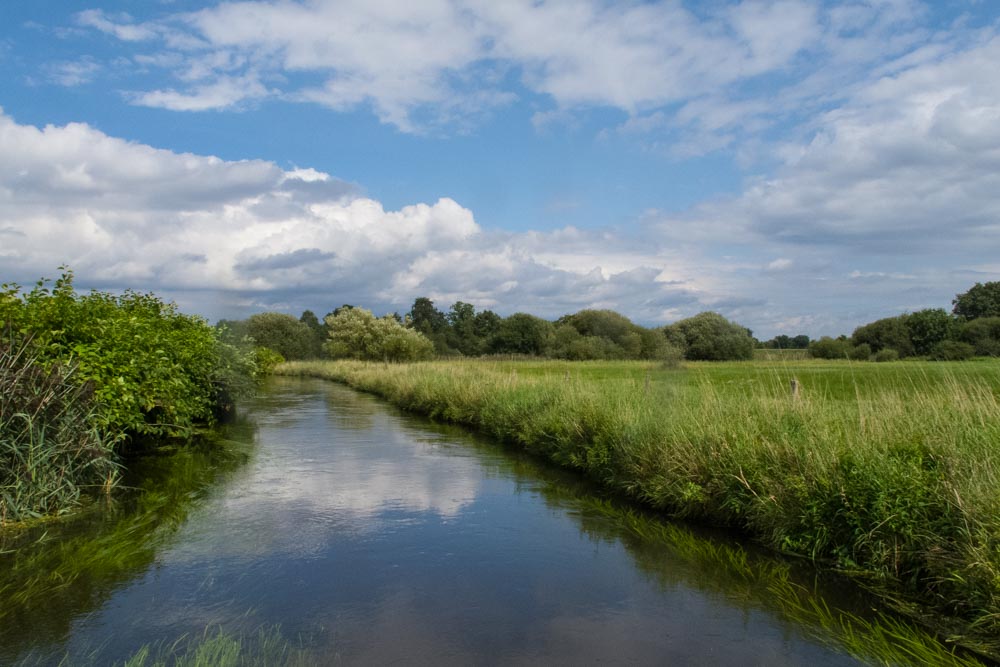
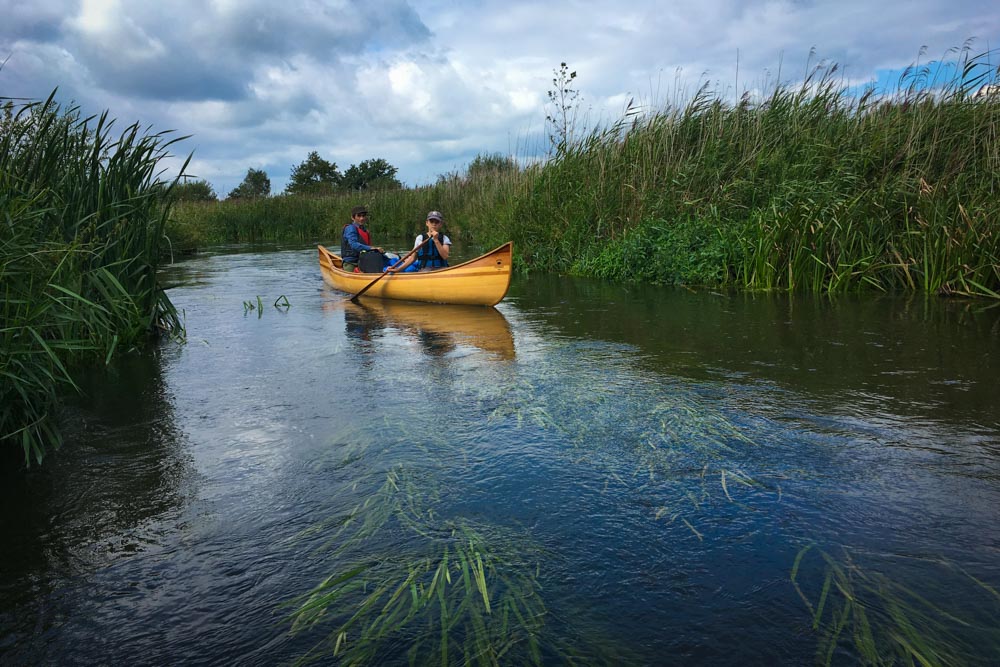
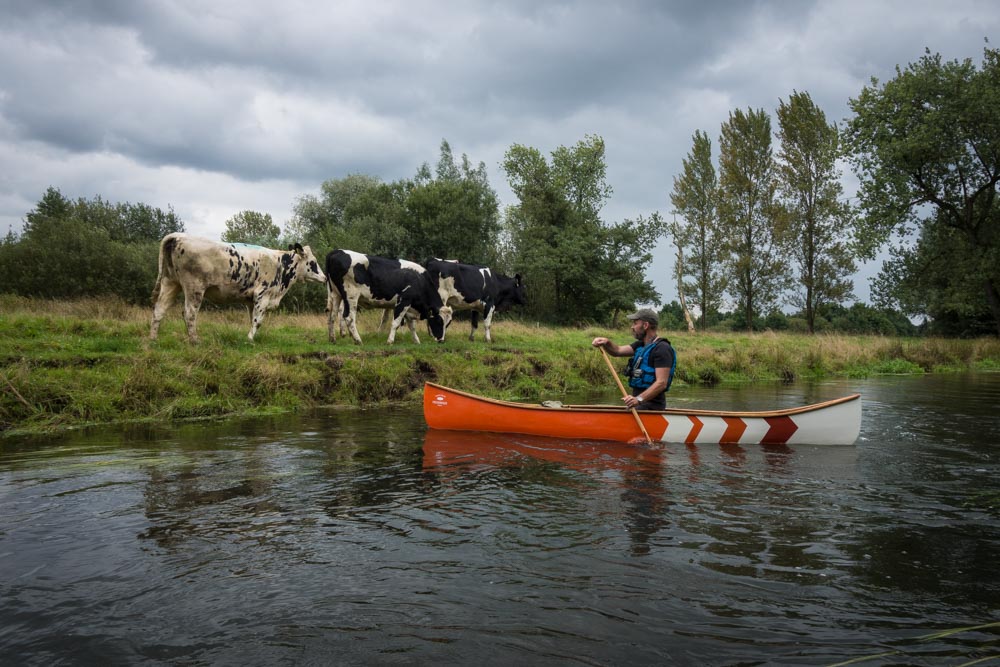
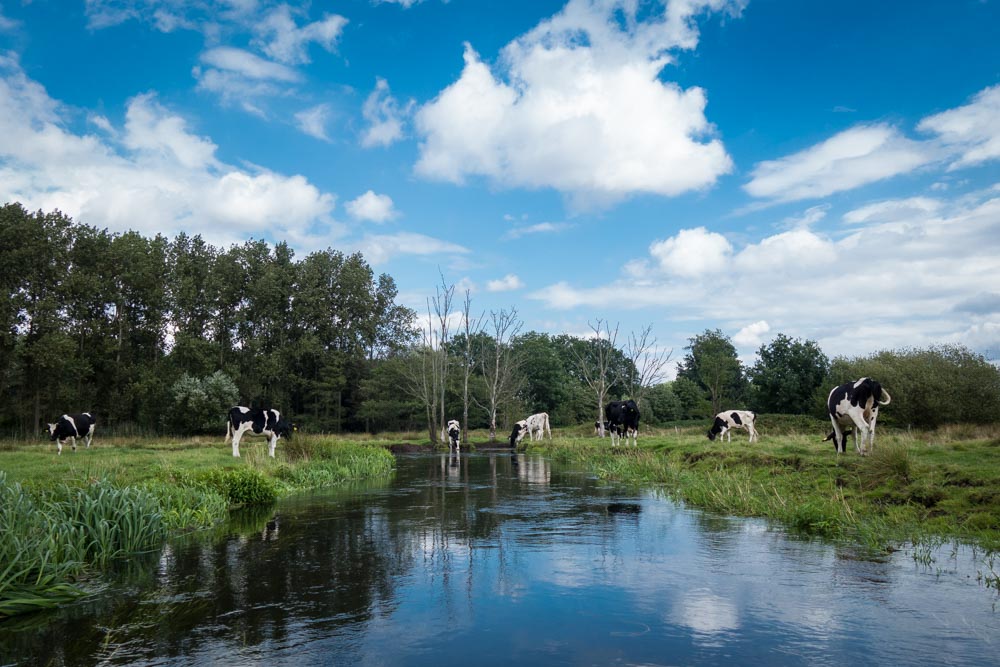
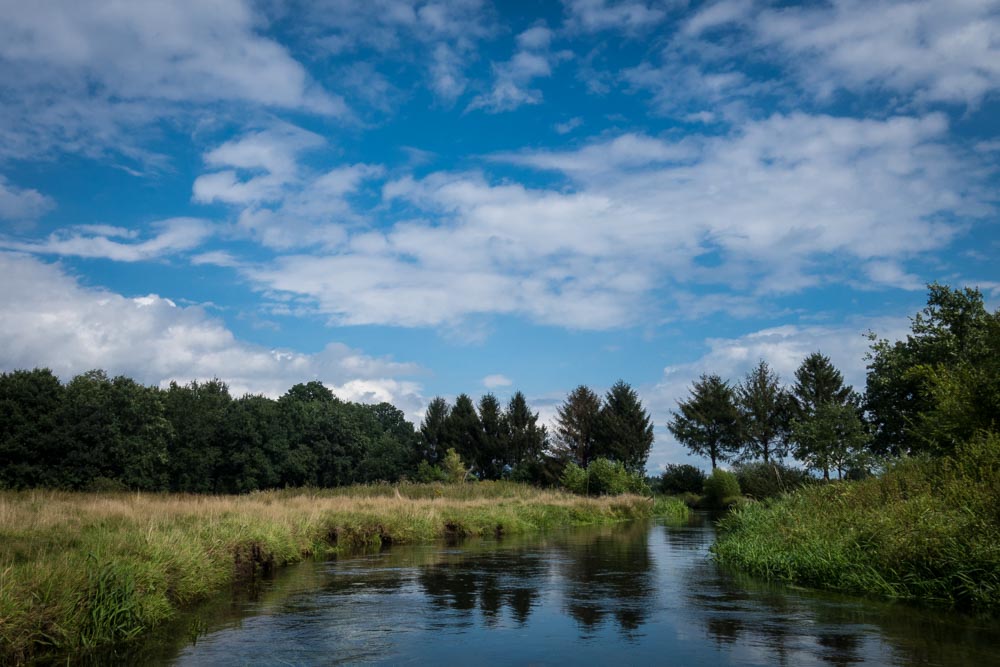
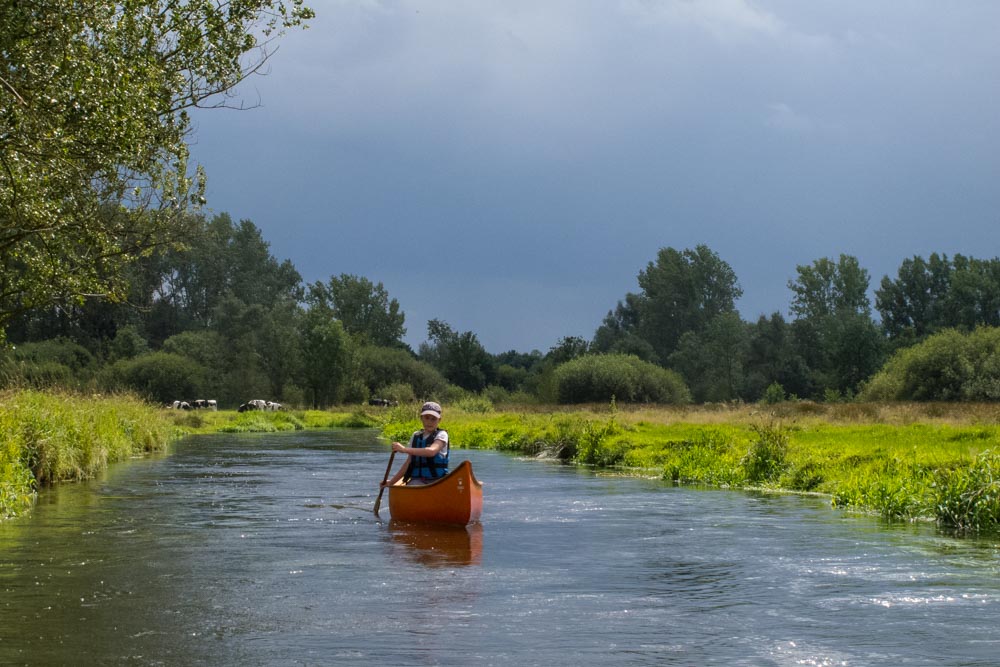
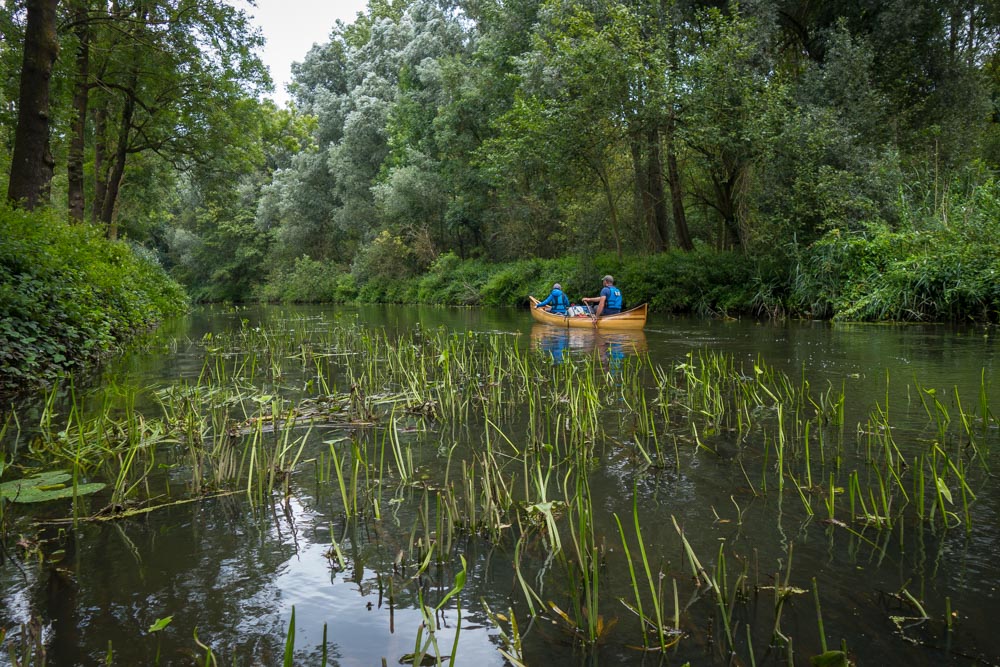
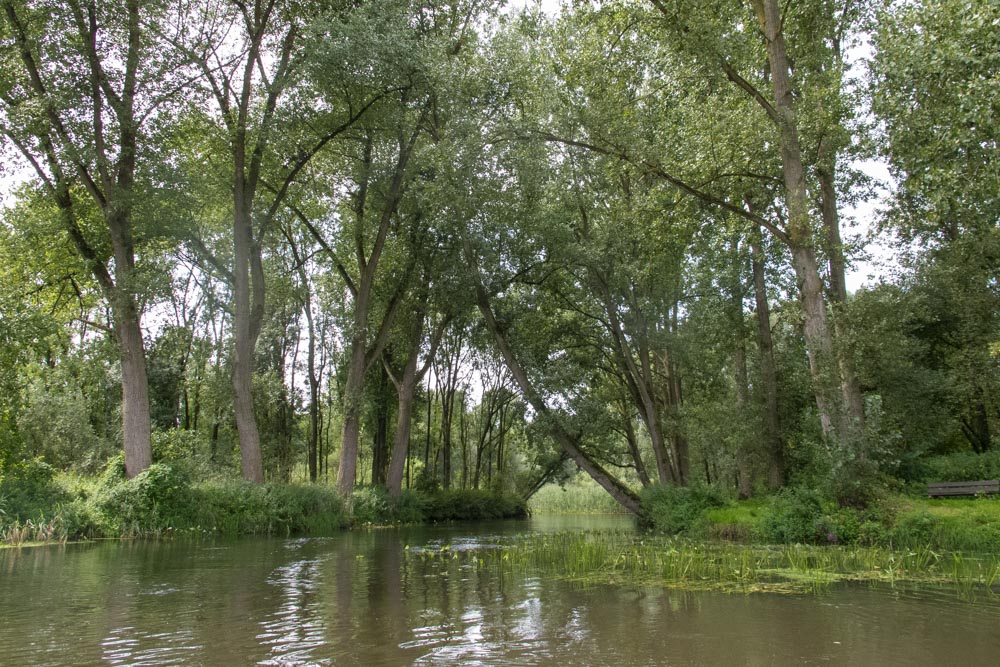
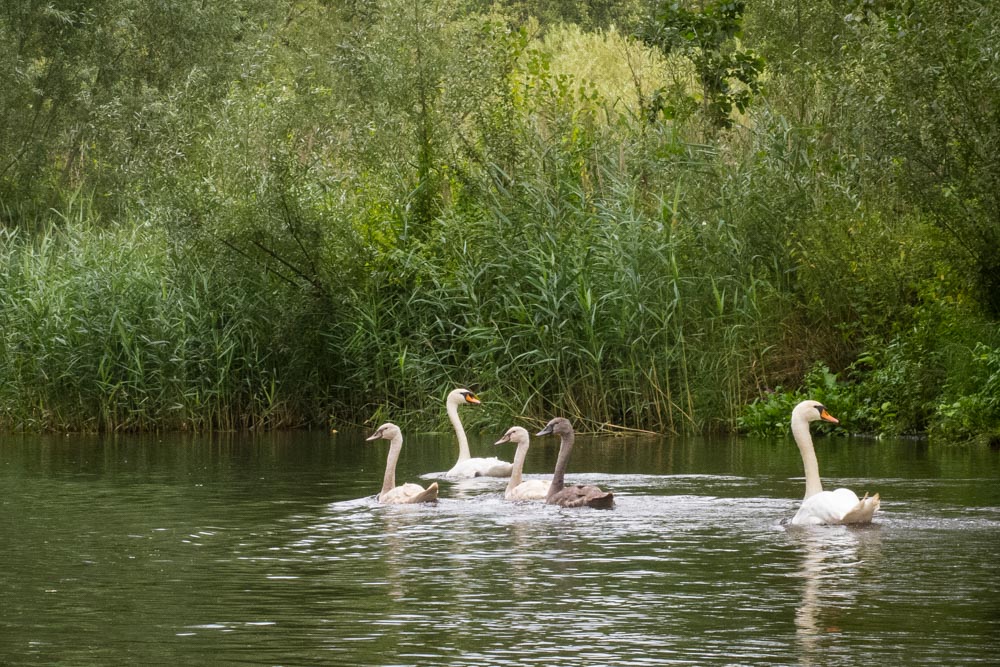
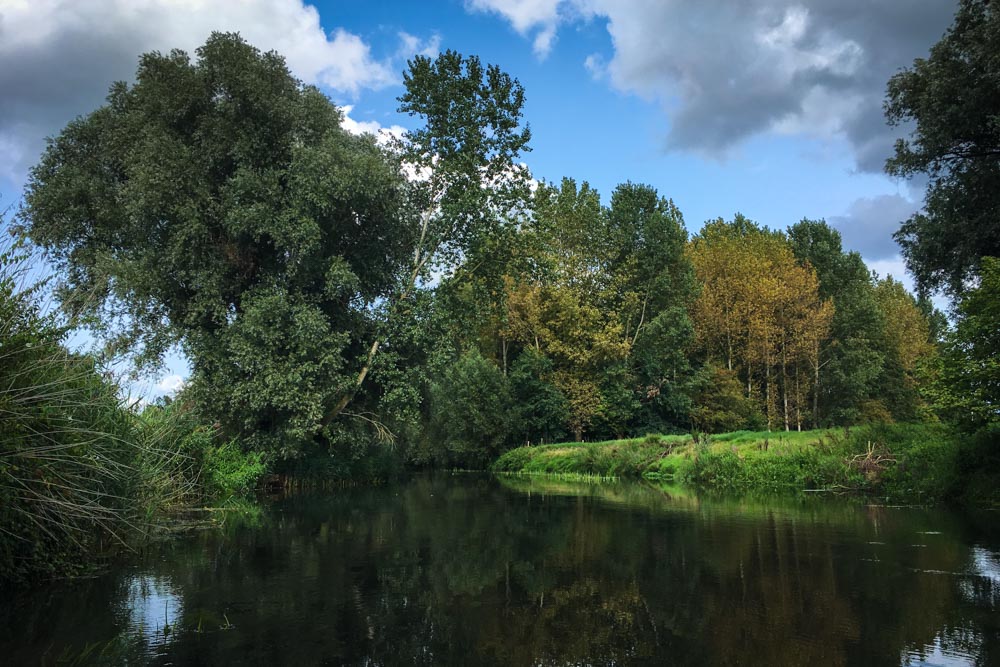
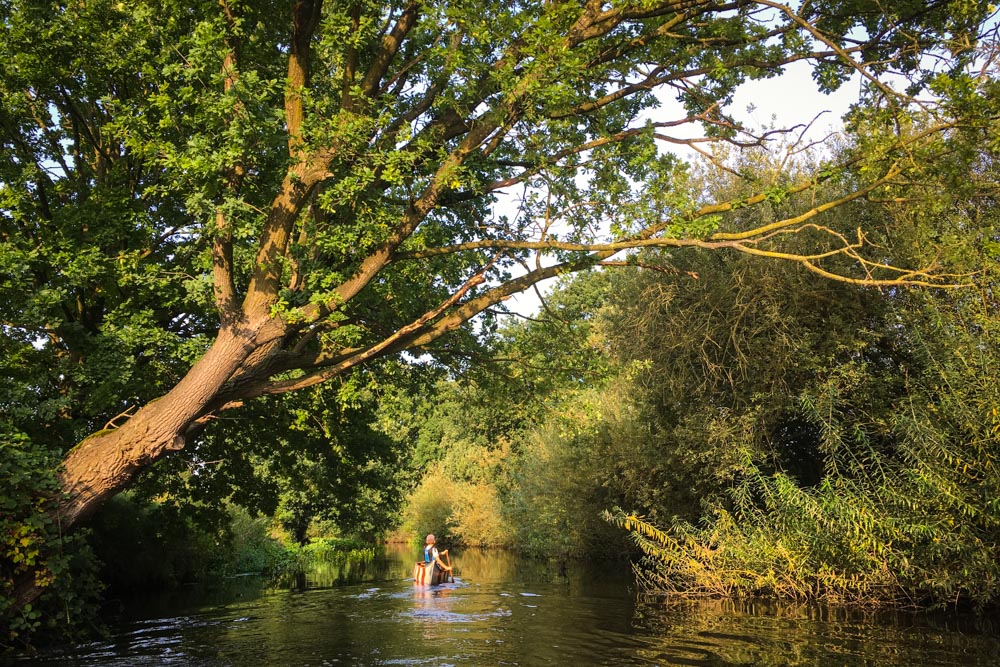
Mooie tochtbeschrijving, zeer uitnodigend.
Zet ik op de tedoen lijst.
Dank
Great description and photos of your trip. How did you manage the 2km in center of Eindhoven you couldn’t paddle? Thanks.
Hi Dale, we portaged that section.